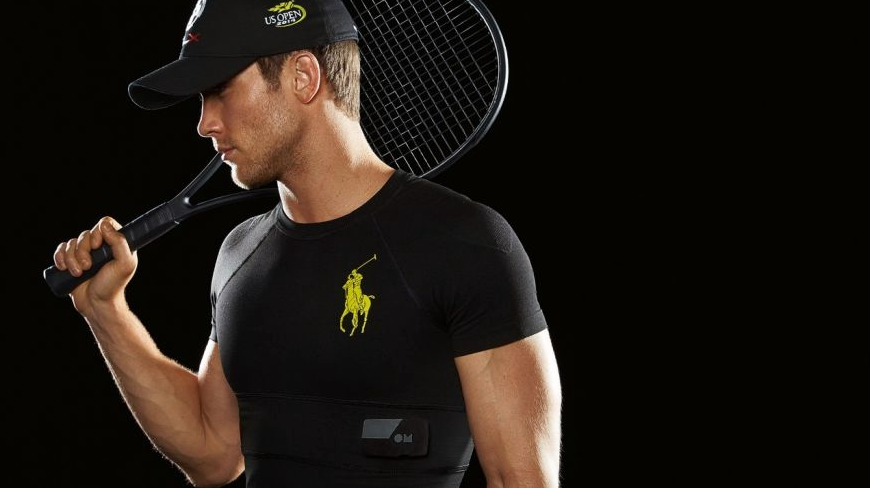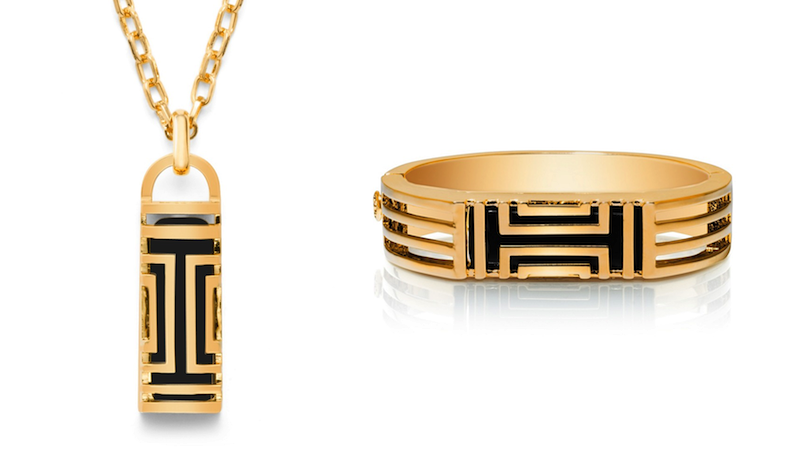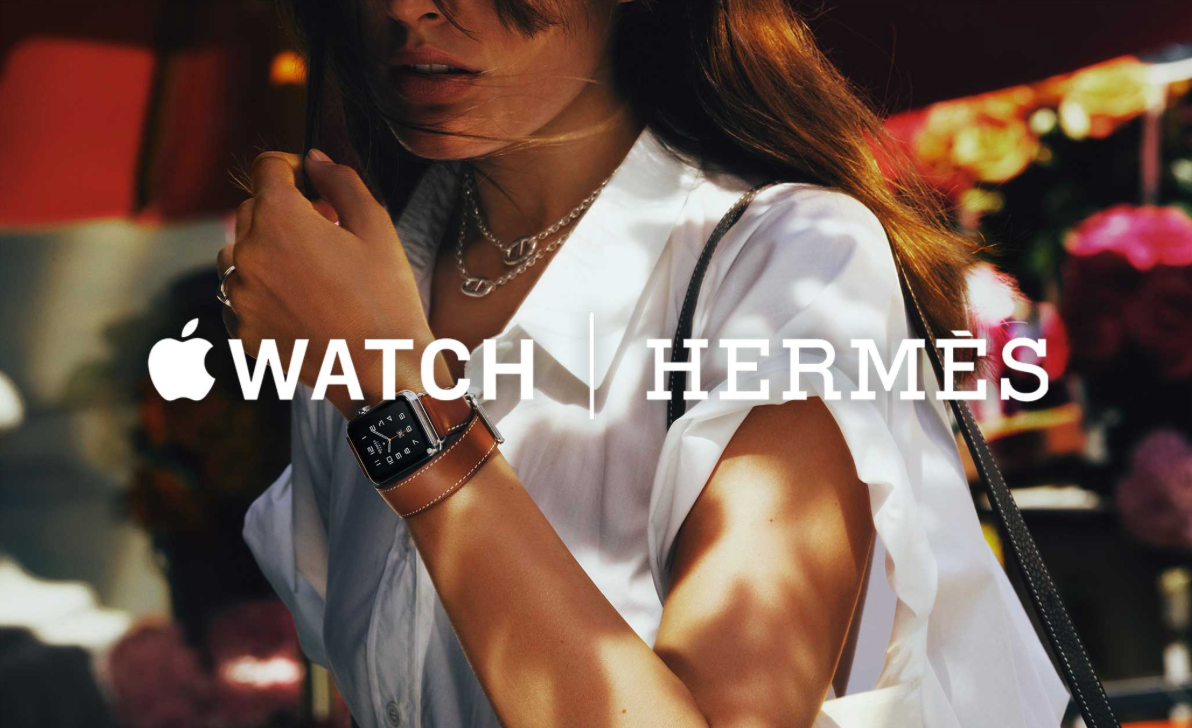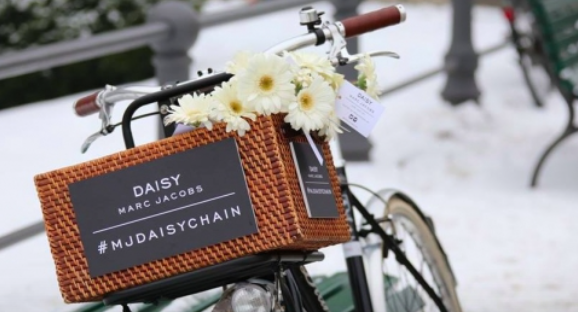Tech-Fashion Collaborations are the New Luxury Trend
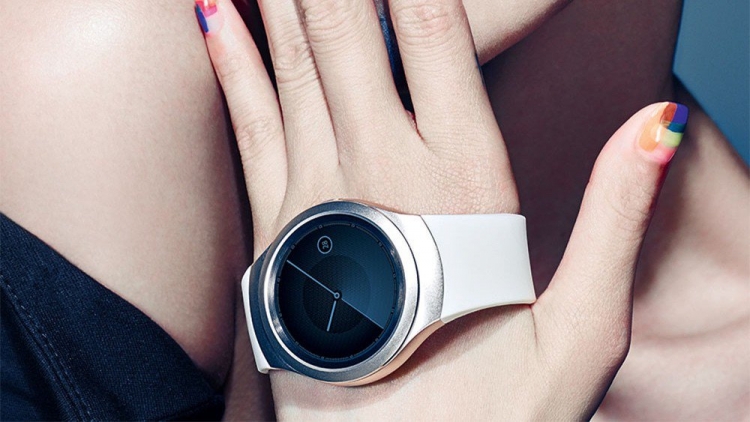
“Technology is your best accessory.” — Diane von Furstenberg.
That may be so, but the traditional “tech” look is dead. You know it. The one that screams hours of coding, boring design, and dull “standard” products. Today technology brands are being reborn through collaborations with the "luxe" industry. And it goes both ways. It could even be said that tech innovation is revitalizing luxury clothing through smart collaborations that are making our lives not only easier, but more fashionable.
Perhaps they have no choice. As Advertising Age recently put it: "Luxury brands must innovate or die in the Digital Age".
Let's first look at the wider context. According to Deloitte’s most recent Global Powers of Luxury Goods report, luxury brands need to face current market challenges by understanding today's consumers. “He or she is younger, healthier, driven, sophisticated, exacting, digitally-savvy, experience-driven, service-focused, time-pressed, prudent, and environmentally aware.” In short, everything starts with the consumer. By assessing where brands are not connecting with the consumer, brands can identify those disconnects and fix them. One of the solutions is the merger of technology and fashion.
There are several areas that brands need to tackle. Product development is number one. This is where companies can preserve their authenticity while adding a modern "tech" touch. A brilliant example is Ralph Lauren’s “Polo Tech” shirt, which was launched at the U.S. Open in 2014. It is sized down to ensure a snug fit. It reads real-time biometric data. Also, it sends data directly to your iPhone/smartphone. It's a perfect fit: ensures minimal friction, is well-controlled, and has a great look.
Ralph Lauren "Polo Tech" shirt. Image credit: Ralph Lauren.
Second is the need to switch from retail to e-commerce. Burberry is particularly successful at that. Their websites are interactive and the generated feedback allows the brand to target consumers with exactly the products they are interested in. They push it further with their “no purchase necessary” entry points at all prices. Gucci, too, is recognized as one of the most successful luxury brands in digital customer experience, notably for their online purchasing path requiring few clicks. Another digitally-savvy brand is Hermès with its “Hermès Silk Knots” and “Tie Break” apps, which keep cusomers entertained while immersing them in Hermès brand experience.
“Create a seamless path from inspiration to purchase,” says Ana Andjelic, senior VP-global strategy director for Havas Lux Hub. That means everything happening behind the scenes: suppliers, merchandising, marketing, delivery process all should stay there. The customer should be witness to a flawless process that satisfies his or her smallest whims.
A notable trend in fashion-tech collaboration are wearables, which include things like devices, tech togs, or fashion electronics. Think Google Glass. Wearable devices are a part of the the Internet of Things, although they push themselves further in order to be fashionable. For consumers who care about their health and want to track what is happening in their bodies but not necessarily when exercising, Fitbit by Tory Burch is the perfect wearable accessory. It comes as a necklace holder or a metal hinged bracelet. This comprehensive body, health and fitness tracker has Tory Burch’s signature design: her “T” logo incorporated on the device in black and gold. Fitbit fits perfectly with any casual or business attire and its good for nightlife too.
Fitbit by Tory Burch. Image credit: Tory Burch.
Gucci is also in the wearables market. It decided redesign the will.i.am wearable (by Puls), a "sophisticated personal assistant that works independently from one’s mobile phone to make calls, send emails and play music. But the Apple–Hermès partnership is the wearable collaboration is getting the most attention these days. They have come up with a beautiful creation: Apple Watch Hermès. Created in California and crafted in France by artists, the watch is simple yet complex and elegant.
Image credit: Apple Watch Hermes
Meanwhile Ringly has designed an entire range of products only for women. One is a ring with semi-precious stones like emerald or sapphire, synchronized with the apps on your smartphone. It helps you stay trendy and always up-to-date while on the go. Bellabeat Leaf is another product. It can be worn as a necklace or brooch. If offers a uniquely feminine style and programming that helps a woman control her menstrual cycles, her sleep, her stress levels – all in one piece of jewelry. Last but not least, Altruis is a perfect "smart stone" for the overwhelmed modern lifestyle. The stone, made of zirconia ceramics, fits in to a designer ring, bracelet or necklace and will only notify you (by vibrating) about the stuff that matters most to you.
A whole other world in the wearables is smartwatches. Deloitte’s 2014 Swiss watch industry survey found that 44% of Swiss watch executives see smartwatches as the “next big thing”. In 2014, the next big thing was the partnership between Guess (well-established brand of good taste and style) and Martian (known for their voice command watches). One product is Pebble Time Round, one of the lightest smartwatches on the market. All the technology fits inside a beautiful design. Pebble Time Round uses a color e-paper display and a tiny battery that lasts only two days (normal Pebble watches last 7 or even 10 days). Other creations that would fit any style, desire and budget are: Mondaine Helvetica No.1 Smart, Moto 360 2 - Samsung Gear S2, Huawei Watch, Nevo Watch, Olio Model One, Sony SmartWatch 3, and Garmin Vivoactive.
The next step for luxury companies is interactive dressing rooms. Brands such as Rebecca Minkoff, Burberry, and Prada are already spoiling their customers with exclusive high-tech shopping experience. Marc Jacobs’ customers can win Daisy fragrance if they use the #MJDaisyChain hashtag during the first day of NYC Fashion Week in the pop-up store.
Image credit: Marc Jacobs.
As for fashion shows, brands are becoming increasingly experimental with digital technology, going beyond online steaming and instant photo posting. Alexander Wang, for example, used heat-sensitive fabrics for his Fall 2014 show in Brooklyn. When the models stood under the heat vans, the fabrics changed color.
Thanks to all this outside-the-box thinking, the luxury market and tech are engaged in amazing collaborations that push the boundaries of consumer experiences. Watch out of the next big thing. It is certainly coming soon – and it will be highly interactive.

